From designing logos and websites to crafting eye-catching advertisements and posters, graphic design has become a fairly lucrative career choice for many creatives. According to the U.S. Bureau of Labor Statistics, graphic designers get paid an average of $57,000 per year. Quite preposterous, ain’t it?
If you’re considering a career in graphic design, the first thing you need to know is the career scope, which is growing at a rapid pace. The second thing is to know what the graphic design career path looks like, which we are going to talk about in this article. Shall we start?
Pillars of Graphic Design Career Path: Education and Training
No matter what career you choose, the path is almost the same. You get educated, learn the skills, and build a portfolio. Every career stands on these three pillars. However, the details of education and skill vary per career.
Now, for the graphic design career path, the first step is to figure out your education. Whether you’re starting from scratch or upskilling yourself, educating yourself constantly is of utmost importance.
1. Formal Education vs. Self-Learning
When it comes to learning, you have two primary options: formal education and self-learning.
Formal Education:
Many aspiring graphic designers opt for formal education through degree programs, such as a Bachelor of Fine Arts (BFA) in Graphic Design. These programs provide structured learning, access to industry-standard tools, and opportunities for networking.
But…but…but, I know formal education is old news, and most of the aspiring designers are career switchers. If you’re one, the next one is for you.
Self-Learning:
Probably the golden ticket to picking whatever career you want. Self-learning involves using online resources, books, and tutorials to acquire graphic design skills. And we all know how everything is available online for free!
This path is flexible and cost-effective, making it accessible to all. For graphic designing, we have websites like Adobe’s “Learn & Support“, platforms like Coursera and Skillshare, and cohorts like 10Kdesigners to learn graphic designing.
2. Choosing the Right Graphic Design Program or Course
If you decide to pursue formal education, choosing the right program or course is vital. Consider the following factors before picking one:
- Accreditation: Ensure the institution or program is accredited by relevant authorities.
- Curriculum: Review the course structure to ensure it covers the necessary skills and tools. Don’t get trapped in a system teaching from 40 year old curriculum.
- Faculty: Research the qualifications and industry experience of the instructors.
- Resources: Check if the institution provides access to the latest design software and hardware.
- Location: Consider the location and whether it aligns with your lifestyle and career goals.
If you’re opting for self-education via online resources, you have two options –
- Try out popular courses (free or paid) and stick to the one that resonates with your needs the most. Remember, don’t get stuck in tutorial hell. Implement every bit of what you learn.
- Talk to people who are where you want to be. Ask them what they did, how they did, and what resources they referred to. Copy their journey if you want to copy their paycheck.
3. Building a Strong Portfolio
You and your competitors may pick different education paths, but building a strong portfolio is where you’ll cross paths. The fact that you’re here reading this article means – you know how demanding and competitive the design field is. And the only way to eliminate competition is by proving your skill the best.
How do you do that? Through a portfolio. Here’s how to create an impressive portfolio:
- Start with Personal Projects: Begin by working on personal projects to experiment with design concepts and styles. Build as you learn.
- Include a Variety of Work: Showcase a diverse range of projects, such as logos, posters, websites, and branding materials. Build a diversified portfolio.
- Quality Over Quantity: You may have created a hundred designs. That doesn’t mean you can put them all in. No. You need to pick some of the best designs for your portfolio.
- Explain Your Process: Provide insights into your design process, from concept to final execution. Such a portfolio intrigues the prospects; they love knowing the work process of whoever they’re hiring.
- Keep it Updated: Regularly update your portfolio with your latest projects to reflect your growth and skills, duh!
Skills Required for Graphic Designing

You know what the little process of building a career looks like. Now, we are going to dive deep in the first pillar, i.e., educating yourself. What all comes in education? Probably learning about the career, building foundations, and learning the required skills. Right? Right!
So, what core skills do you need to learn for graphic designing? I’ll tell you:
1. Core Graphic Design Skills
Duh! An engineer needs engineering skills, a writer needs writing skills, and a designer needs design skills. But what are those core graphic design skills? Here:
a. Adobe Creative Suite Proficiency: Adobe’s suite of design software, including Photoshop, Illustrator, and InDesign, is the industry standard. You can’t get away with these, and you mustn’t. Adobe tools have become a core part of the core designing skills. What a branding!
b. Typography: Understanding typography is fundamental. As a designer, you’ll need to use fonts every now and then. Hence, learn how to choose and manipulate fonts effectively to convey your message.
c. Color Theory: Ever heard of a civil engineer not knowing measurements? Similarly, a designer without a sense of color theory isn’t really a designer. Learning about color theory helps you build the design sense and create visually appealing designs.
d. Layout and Composition: Develop a keen eye for layout and composition to arrange elements cohesively within your designs.
2. Soft Skills
a. Creativity: If graphic designing is a human body, then creativity is the heart of it. The only way to build up creativity is to try out each and every idea you have. Always keep a journal or note handy to write down any idea that pops up in your head.
b. Communication: The internet is full of ‘graphic designer and client’ memes. I’m sure you’ve seen some too. See, the point is – half of your work is communicating with the clients and understanding their needs. Unless you communicate well, you can’t understand their need and hence, the designs will suck. As simple as that.
c. Attention to Detail: Graphic design often involves intricate work. It is not like writing a few words on a Canva file and putting a few emojis. Paying attention to the smallest details is the real work of a graphic designer.
Also Read: Story of Sarika, from Business Management to Visual Design.
What is the Career Path of a Designer, and What Can You Expect in Each Role?
Careers that involve content, design, and marketing are often marked with uneven paths. There isn’t a definitive role-to-role or position-to-position path that one follows. However, there are some norms.
In this section, I’m going to lay down a normalized graphic design career path for you. Here goes –

1. Junior Graphic Designer/Intern
The role is as sweet as it sounds. It is the most junior design position at firms worldwide. Most of your work as a junior graphic designer will be about doing the work that senior designers don’t want to do. For example –
- Layouts: You’ll often handle layout design, which involves arranging text and visuals in a visually appealing manner.
- Logo Work: You might find yourself repeatedly redrawing logos until they’re perfect.
- Typefaces and Colors: Correcting typefaces and making color corrections will be part of your daily routine.
- Brainstorming: There will be opportunities for brainstorming ideas and mocking up designs.
- Supervision: You’ll work under the supervision of Senior Designers, providing an excellent learning opportunity.
Advantages: Chance to grow your portfolio and experience the industry first-hand. Disadvantages: Entry-level positions typically come with lower pay and monotonous work.
2. Graphic Designer
The normalized role! As a Graphic Designer, you’ll enjoy more freedom and a broader range of responsibilities. You’ll start handling aspects of some design projects with full responsibility. Work looks like:
- End-to-End Process: You’ll take charge of the entire design process, from concept to layout to the final artwork.
- Client Interaction: Your firsthand experience with this. Expect to have direct interactions with clients, understanding their needs and objectives.
- Creative Control: While senior staff will oversee your work, you’ll have more creative control compared to Junior Designers.
Advantages: Highly creative work. More responsibilities meaning polishing your skills on an industry level. Disadvantages: Given you’re new to client interactions and responsibilities, the job can be stressful, especially with clients who may have unrealistic expectations.
3. Senior Graphic Designer
As a Senior Graphic Designer, you’ll step into a role with a more extensive set of responsibilities. It includes meeting with clients to understand their design needs and taking ownership of entire advertising campaigns. Your work will span everything from conceptualization to design, covering the entire creative process.
- Client Meetings: You may meet with clients to discuss their design needs and objectives.
- Project Ownership: You’ll have a hand in every aspect of a project, from conceptualization to execution.
- Creative Freedom: Enjoy a greater degree of creative freedom and the chance to direct junior designers on large projects.
Advantages: Greater creative autonomy and control over entire projects. (Also, Much better pay than your first design internship!) Disadvantages: The job can be demanding with long hours. Ruined weekends, maybe.
4. Studio/Design/Creative Manager
Different firms, agencies, and companies refer to this position with several names. Studio Managers, Design Managers, Creative Managers, Art Directors, and whatnot. In this position, you oversee multiple design projects and teams.
At startups, you might be the design representative as well!
- Delegation: You’ll delegate assignments and responsibilities to teams and individual designers.
- Management: This role may include hiring design staff, conducting performance reviews, and resource management.
- Quality Control: Ensuring the quality of work produced by the Designers is of a high standard is a key responsibility.
Advantages: Position of responsibility and potential for collaboration across departments. Disadvantages: Managing a team can be stressful and demanding at times. Plus, dealing with multiple clients, scary!
Graphic Designer Career Progression
Now that you’ve seen the learning, skills required, and different roles within the design industry, let’s talk about career progression:
- Developing Reputation: Building a strong reputation in the industry is essential for growth. How do you build a reputation now? Through your hard and soft skills. Hard skills are the design skills that you use to create top-class designs. Soft skills are communication skills that you use to communicate with clients.
- Networking: Making connections and expanding your professional network can open up new opportunities. It is a proven statement. As you work with different clients and employers and build a good repo, you’ll be surprised by how the next opportunity knocks.
- Job Movement: Frequent job changes can help you gain diverse experience and enhance your portfolio. You can’t stick to one company at a certain pay and expect them to increase it by 2x overnight. No. You have to make hard choices and switch from time to time.
- Consider Freelancing: Going freelance or self-employed is a common career move for designers looking to progress. Especially post the COVID-19 era, freelance designers have reported making 2-10x of the amount they used to earn in a job. That’s your cue.
- Timeline: Progression can vary depending on your skills and employer, but here’s a rough estimate:
- Junior Graphic Designers generally progress within 1-2 years.
- Graphic Designers often advance between 2-5 years.
- Many designers choose to go freelance/self-employed within 5-10 years of their first job.
Final Tips
Graphic designing, as a career, sounds easy-going, but trust me, it’s not. It is one of the most challenging careers and possibly the best rewarding if you do it right. If you are someone who wishes to jump in, this article will help you clear your head.
Remember, the design sector is ever-changing and only rewards those who update their skills and creativity from time to time. Once you get into it, you’re never going off education. On top of that, AI tools are barging in like tsunamis. Every day, we encounter another AI design tools that fastens the work of designers.
A word of caution – Future of design is with AI. But, if you don’t want to be replaced, build your creativity more than you practice tools. Because it is the only thing that AI can’t copy.





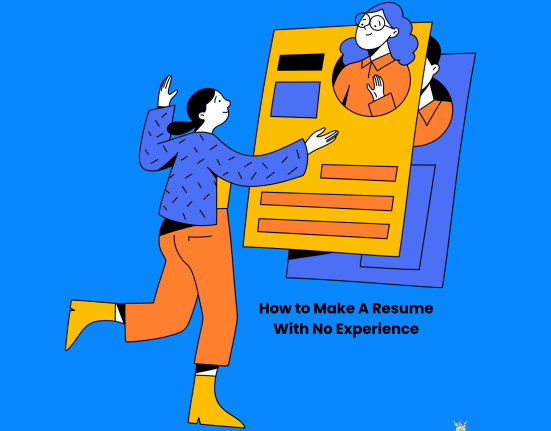
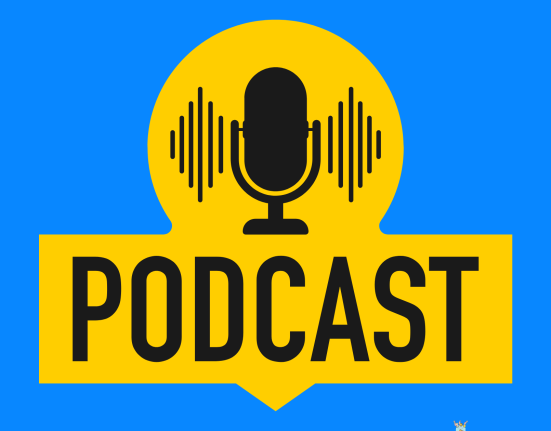
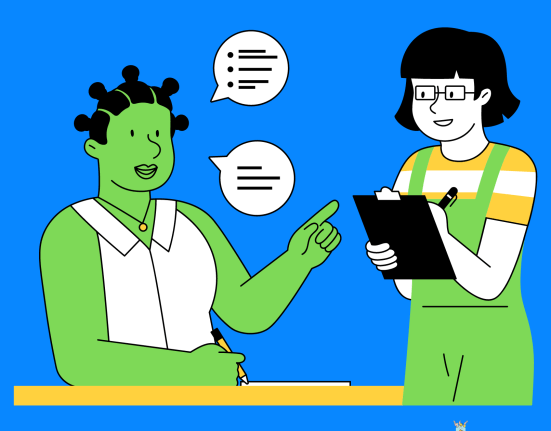
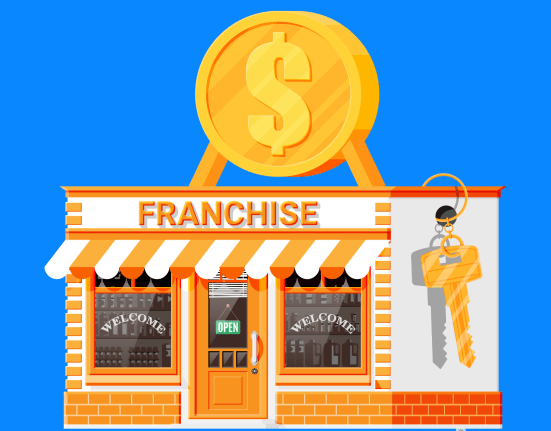

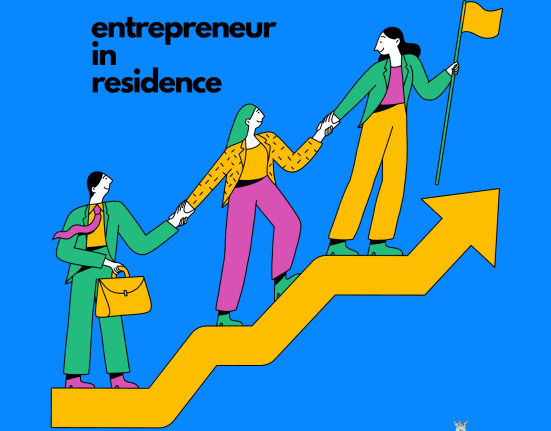
Leave feedback about this